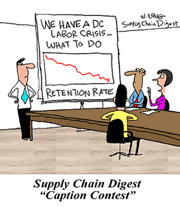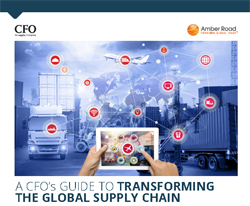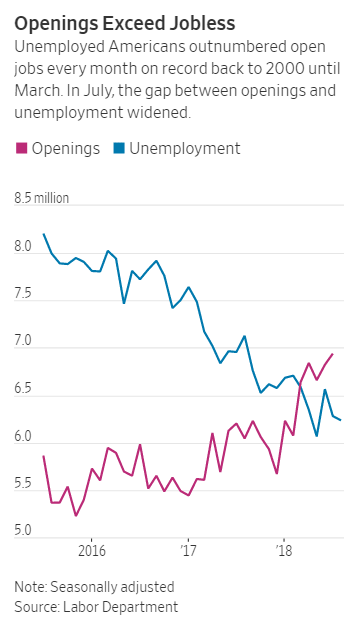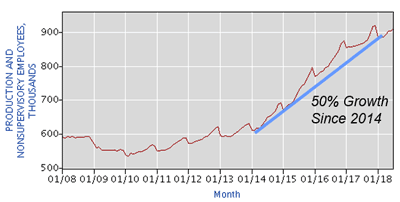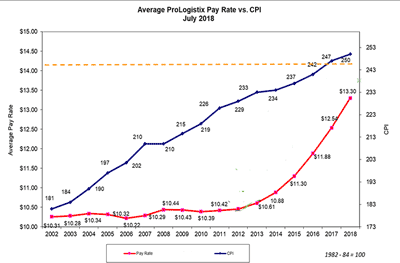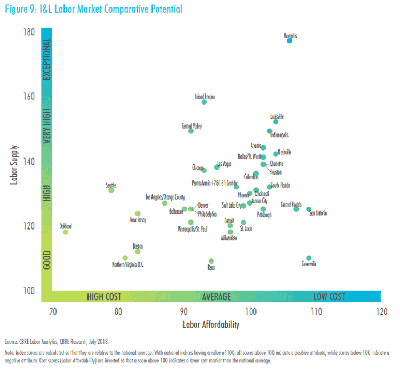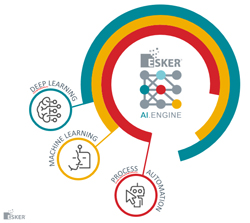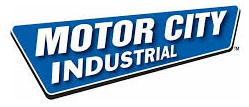 |
October 25, 2018 - Supply Chain Flagship Newsletter |
 |
|
||||||||||||||||
 |
|
|||||||||||||||||||||||||||||||||||||||||||||||||||||||||||||||||||||||||||||||||||||||||||||||||||||||||||||||||||||||||||||||||||
|
||||||||||||||||||||||||||||||||||||||||||||||||||||||||||||||||||||||||||||||||||||||||||||||||||||||||||||||||||||||||||||||||||||
|
|
|
YOUR FEEDBACK
We received a number of emails on our various coverage of the CSCMP Edge conference. A selection is below. More next week.
Feedback on CSCMP Edge 2018:
![]()
Since the company upgraded its security, SC Digest was getting trapped in "junk" mail folder.
I recently released them from the folder. SC Digest, and your columns, are anything but junk. Indeed, SC Digest is one of the few bulk emails that I enjoy reading.
Though not able to attend the CSCMP conference, your column, as always, was informative and refreshing. You deserve much credit and courage for suggesting realistic and practical ways the conference can be improved. I have been to other conferences where it seems the vendors have hijacked the format either through monopolizing the agendas, duration of sessions or spouting product attributes as 'thought leadership.'
I understand there needs to be balance in these conferences and recognizing the companies willing to share their stories is the a good message to the conference organizers.
Thank you.
Jerry Saltzman
Director, Global Supply Chain Processes
Pfizer

![]()
On Monday's Panel with Amazon, IBM, and Nike, I had a few more observations to add to yours.
First, in your video you pointed out that Amazon (Bozeman) had a great saying that you should "strive for a boring factory." And, at the end of session, his first take-away for the audience was to study "lean manufacturing" techniques. Even with advances in technology, the "lean" movement teaches us a lot of about operations. It is interesting that GE announced its first outside CEO and he comes with a very strong lean manufacturing background.
Second, Nike (Brewer) had a quote that supply chain and operations folks should treasure: "It is just an art project until you get it onto someone's feet." Just a great quote to stress the importance of the supply chain. But, I think the quote is deeper. It reminds us that the whole business is connected. The "art project" has to be good for the operations to even exist.
Third, both Nike (Brewer) and IBM (Wright) pointed out that with the pace of change, if you aren't leading it is easier to fall further behind.
Michael Watson
Partner
Opex Analytics

![]()
First, thank you for you coverage of CSCMP. It was oustanding as usual.
I was unable to make this years' event. Your videos and trip reports made me almost feel like I was there.
I completely agree with you that the conference format is stale and needs a refresh. Your suggestions are good ones. Maybe there are other suggestions out there.
But events like species must evovle and react to the environment, and that is not happening.
Still a good conference, but needs "new blood," for lack of a better word.
Name withheld by request
Consumer package goods industry

SUPPLY CHAIN TRIVIA ANSWER
Q: In what year was peak US manufacturing output achieved?
A: 2007, according to the Federal Reserve's index.
| © SupplyChainDigest™ 2003-2018. All Rights Reserved. SupplyChainDigest PO Box 714 Springboro, Ohio 45066 |
POWERED BY: XDIMENSION
|



